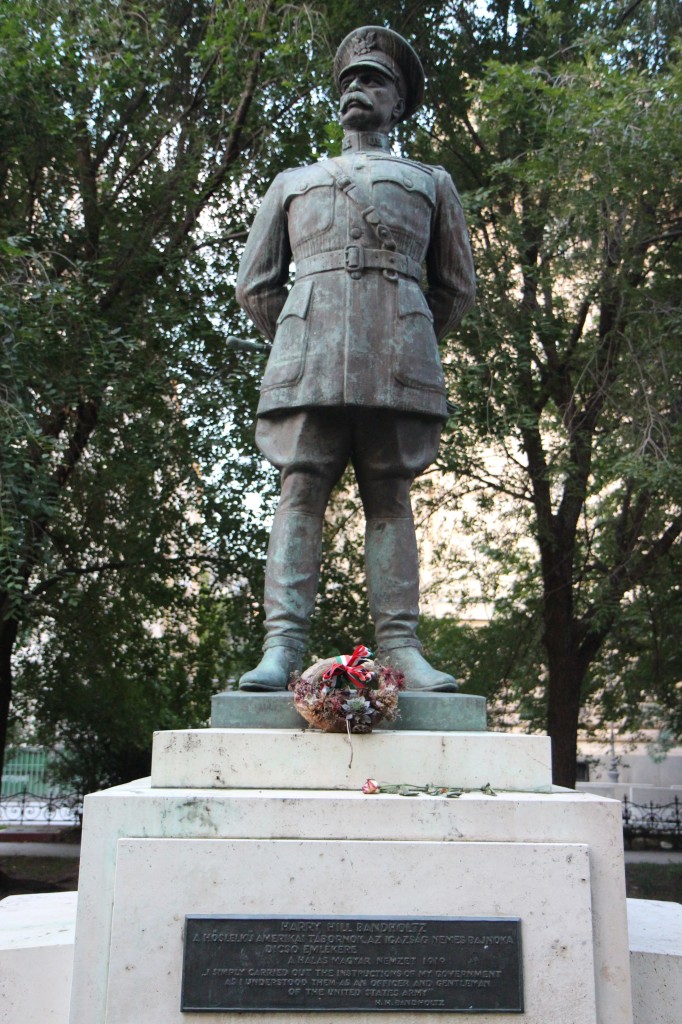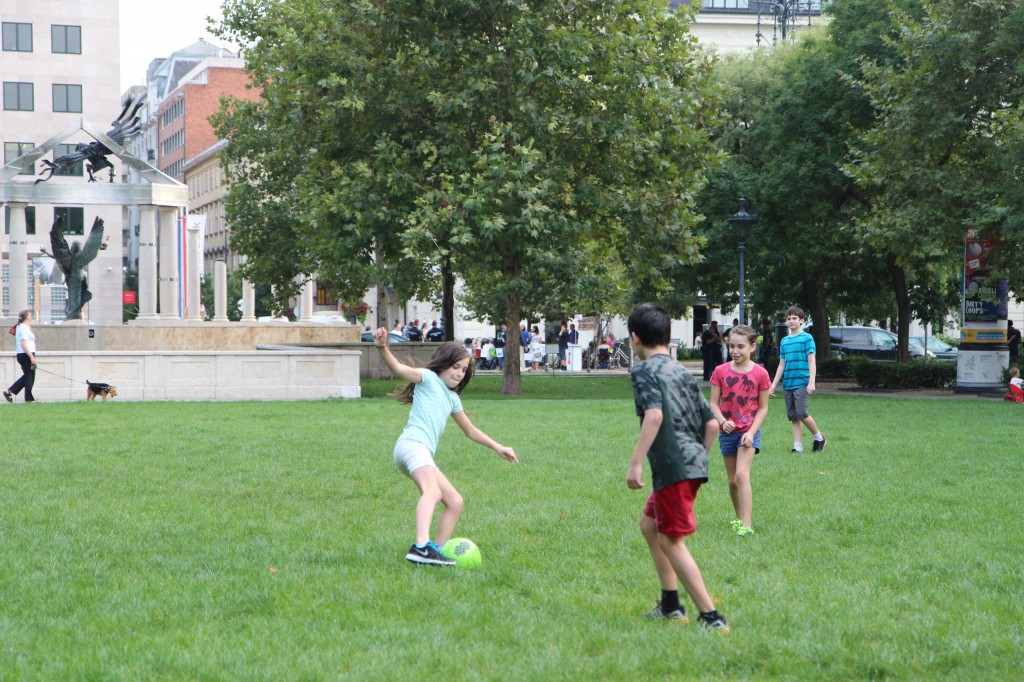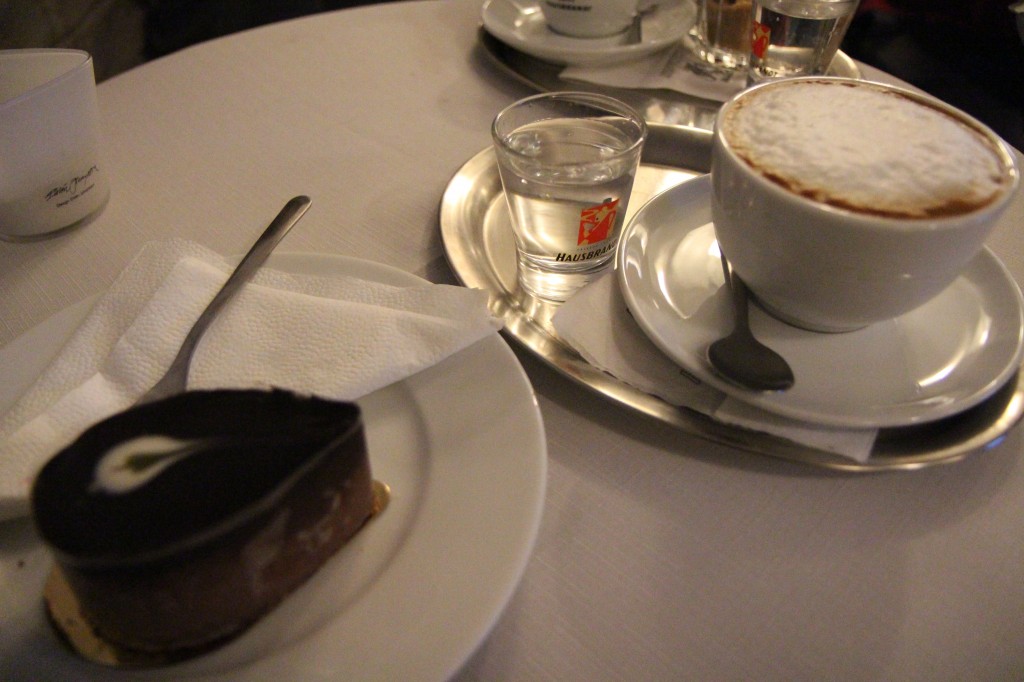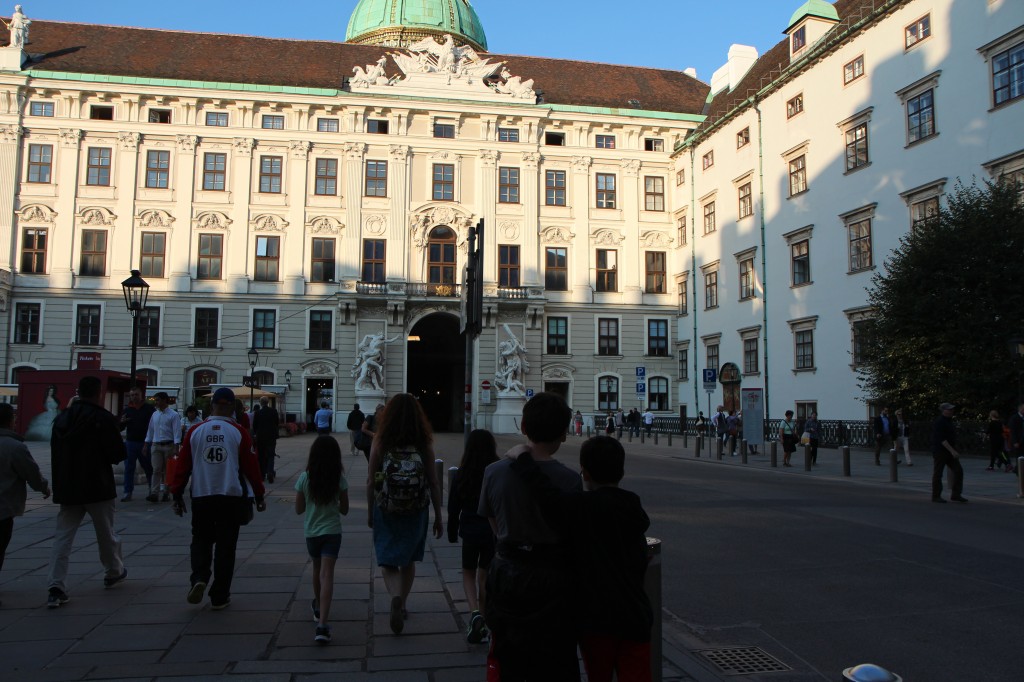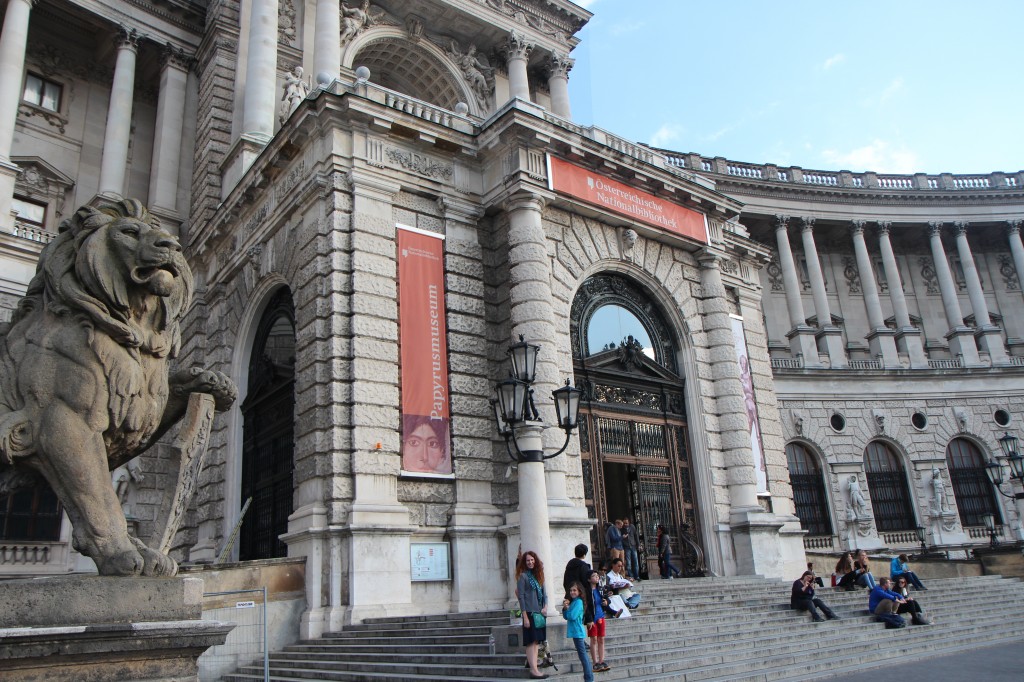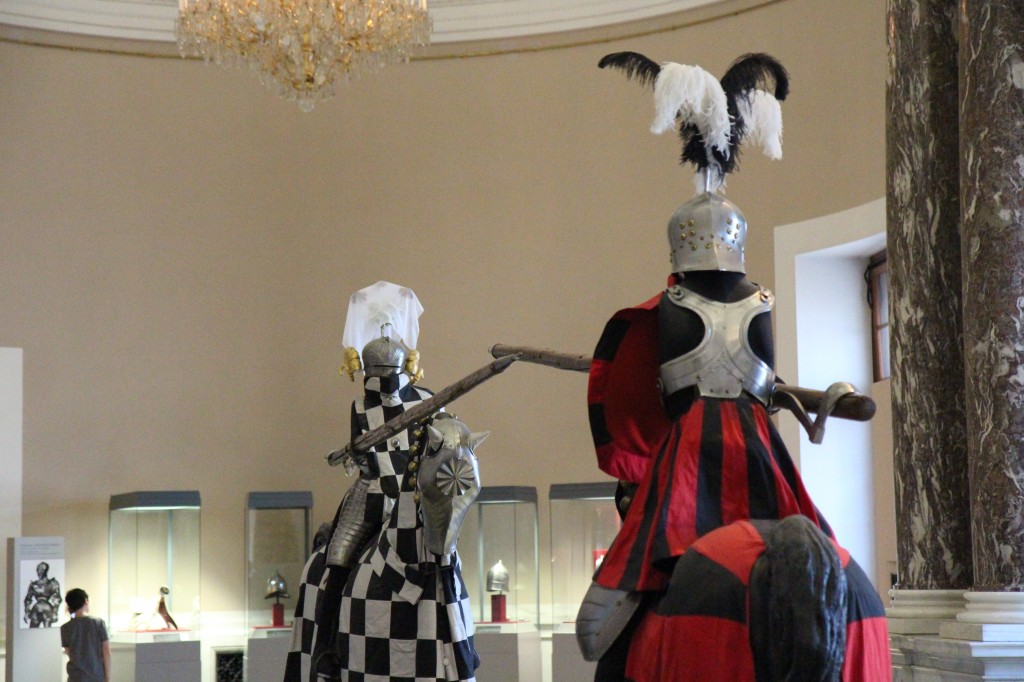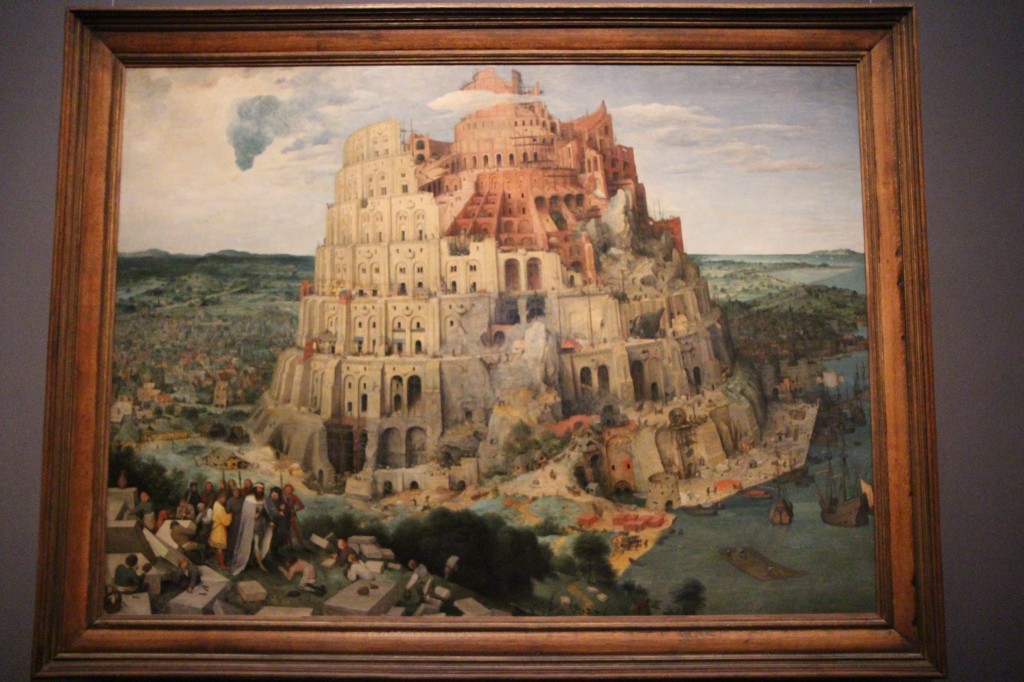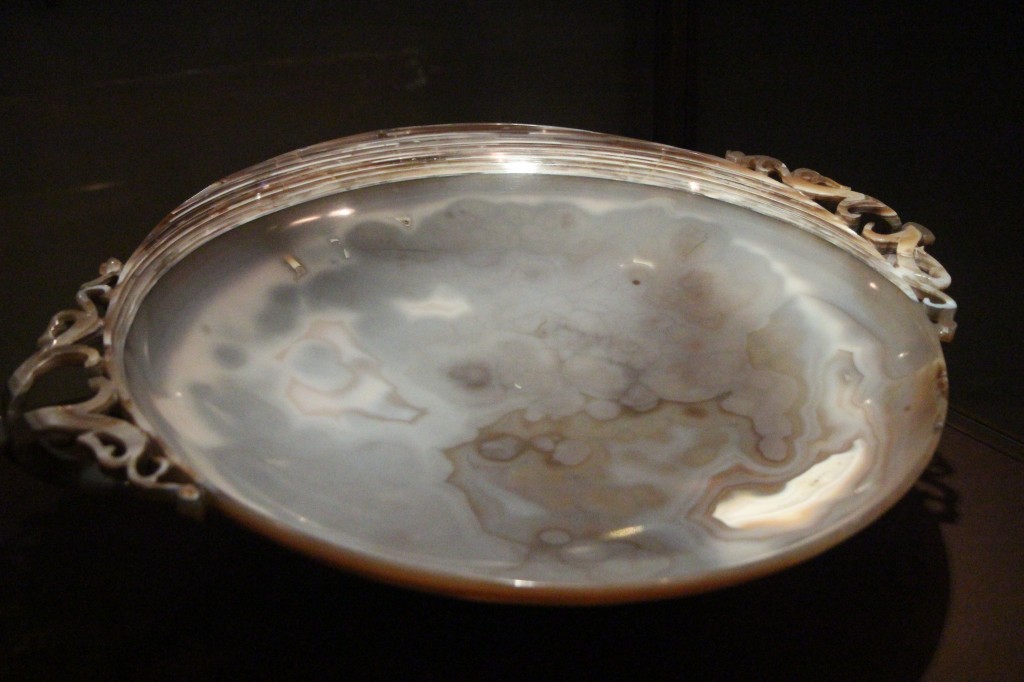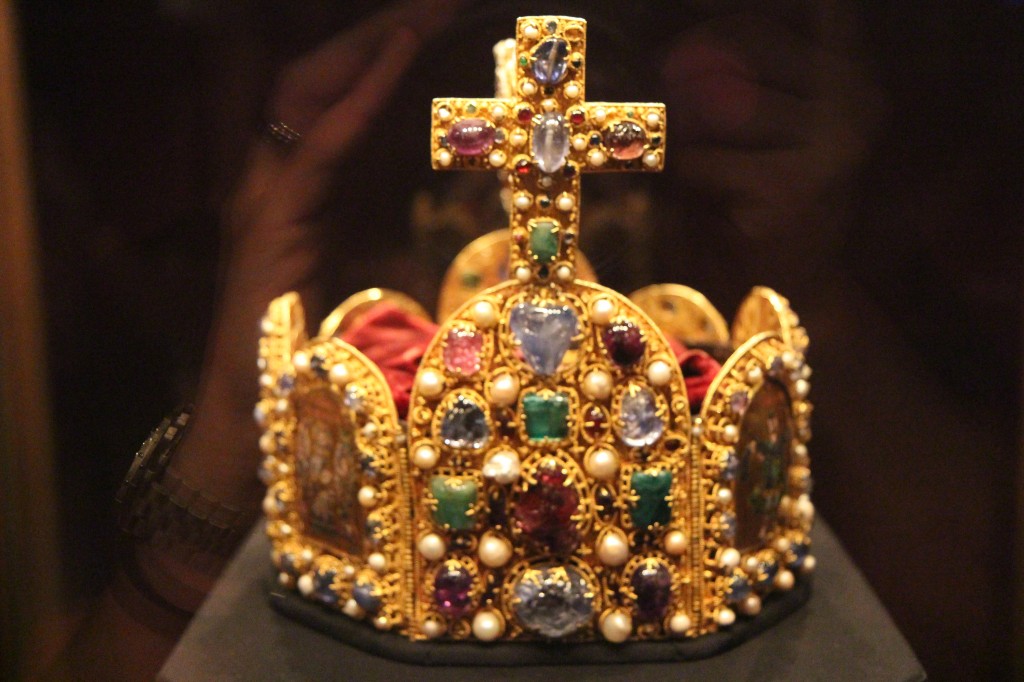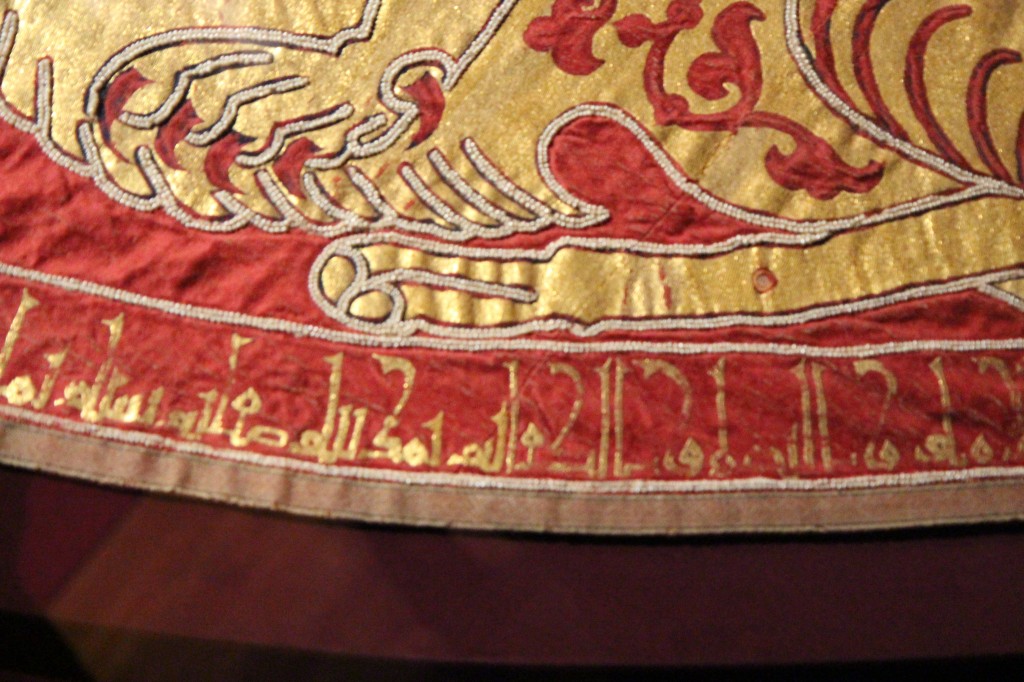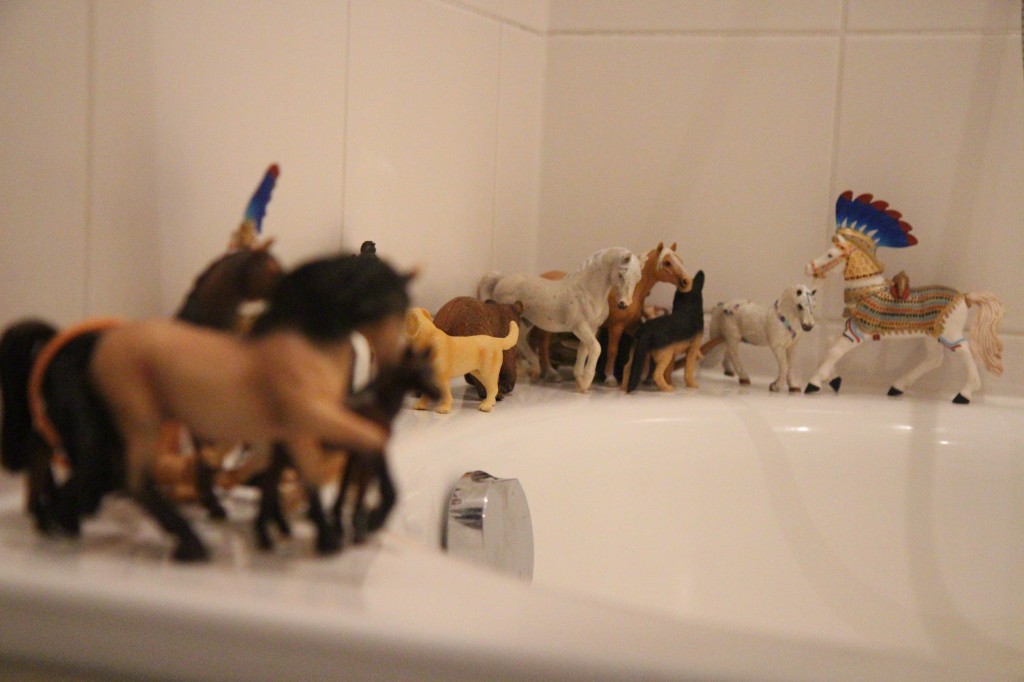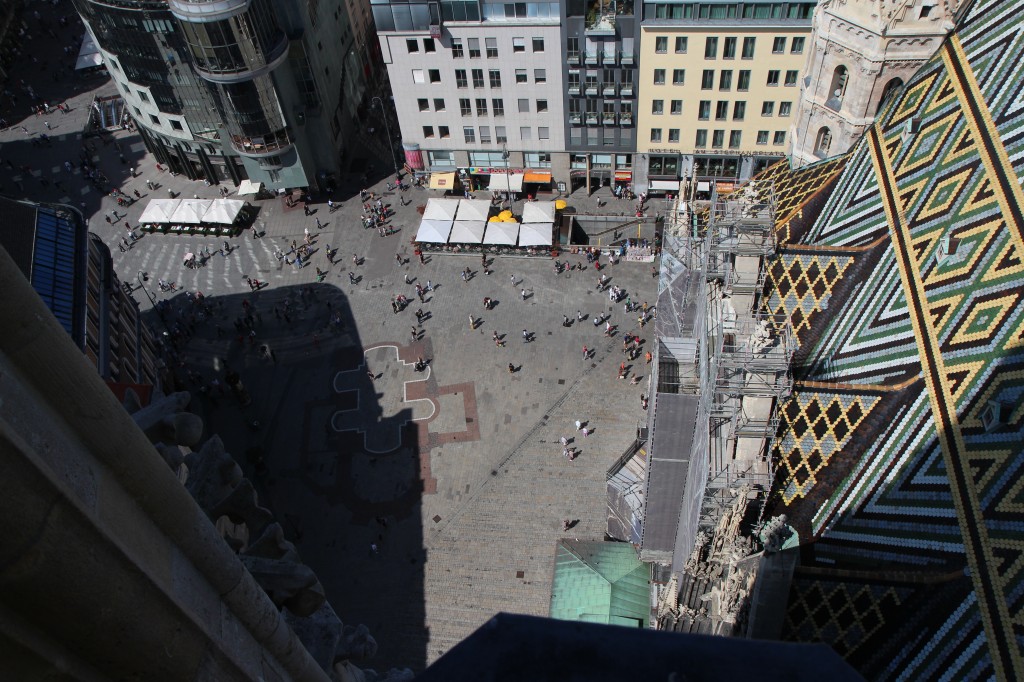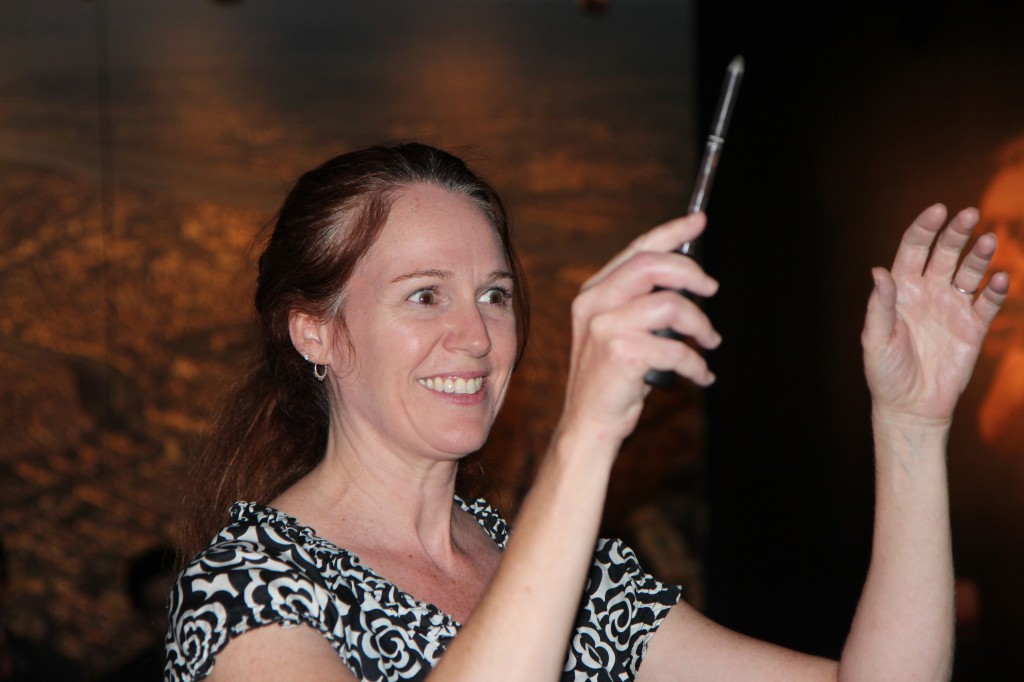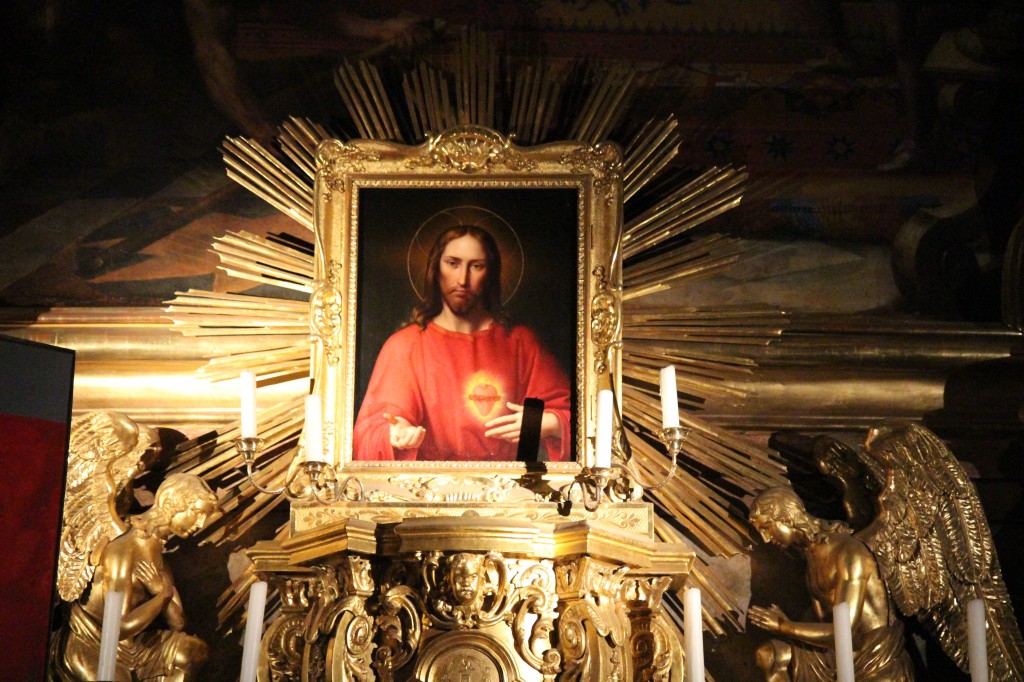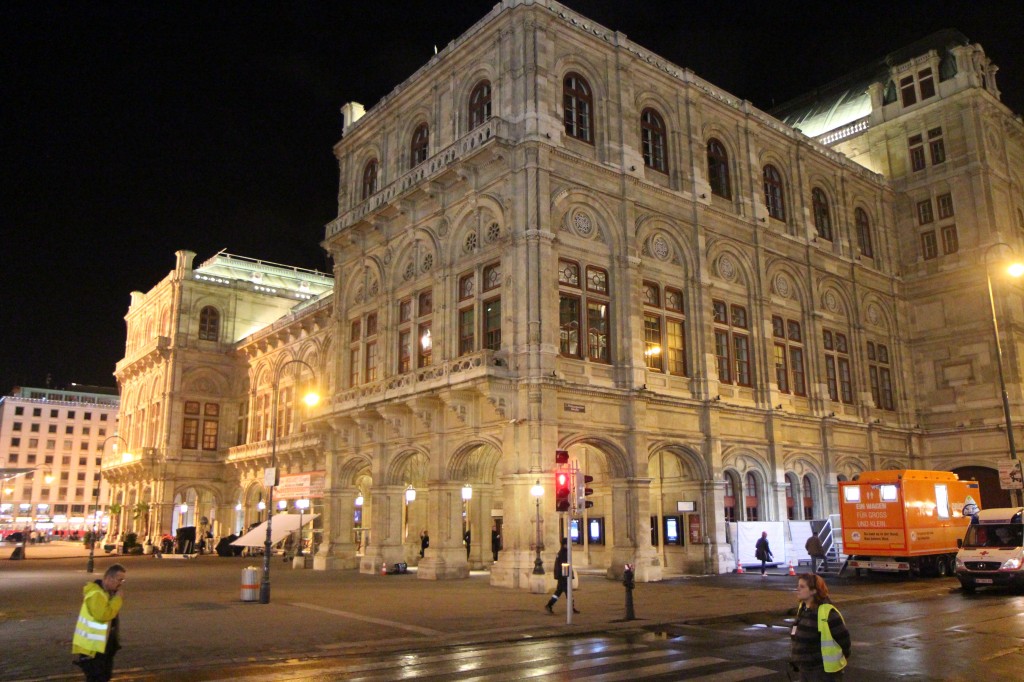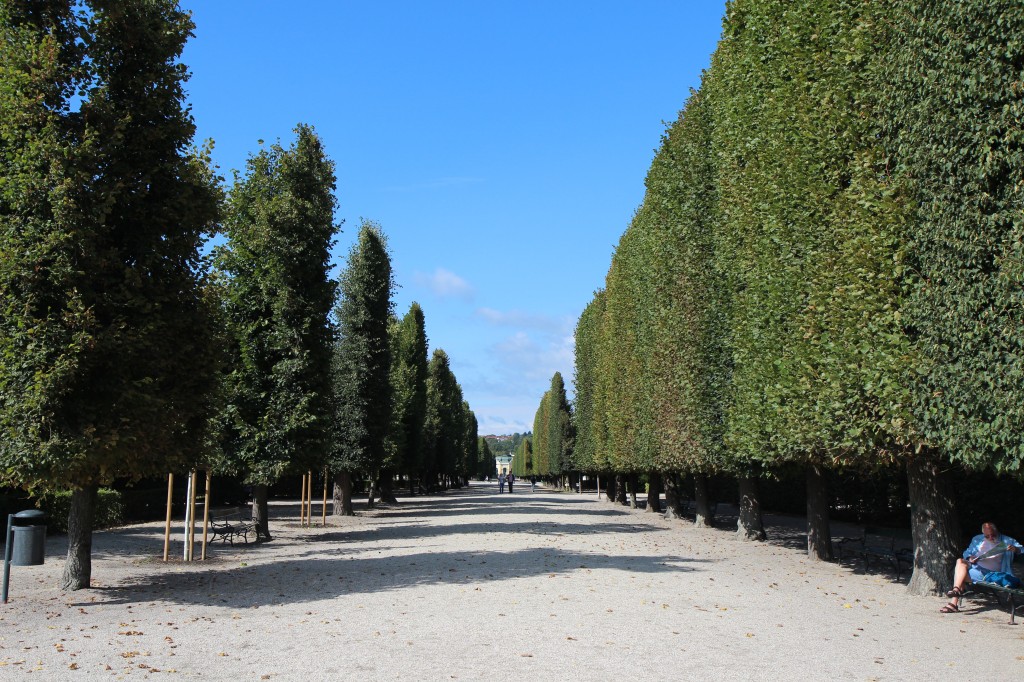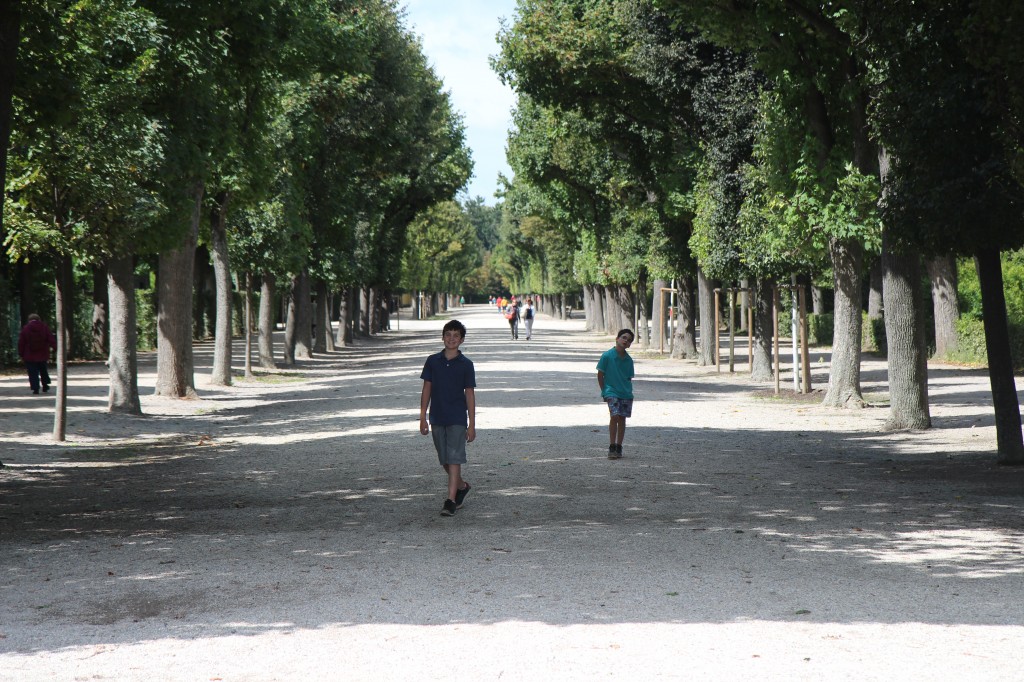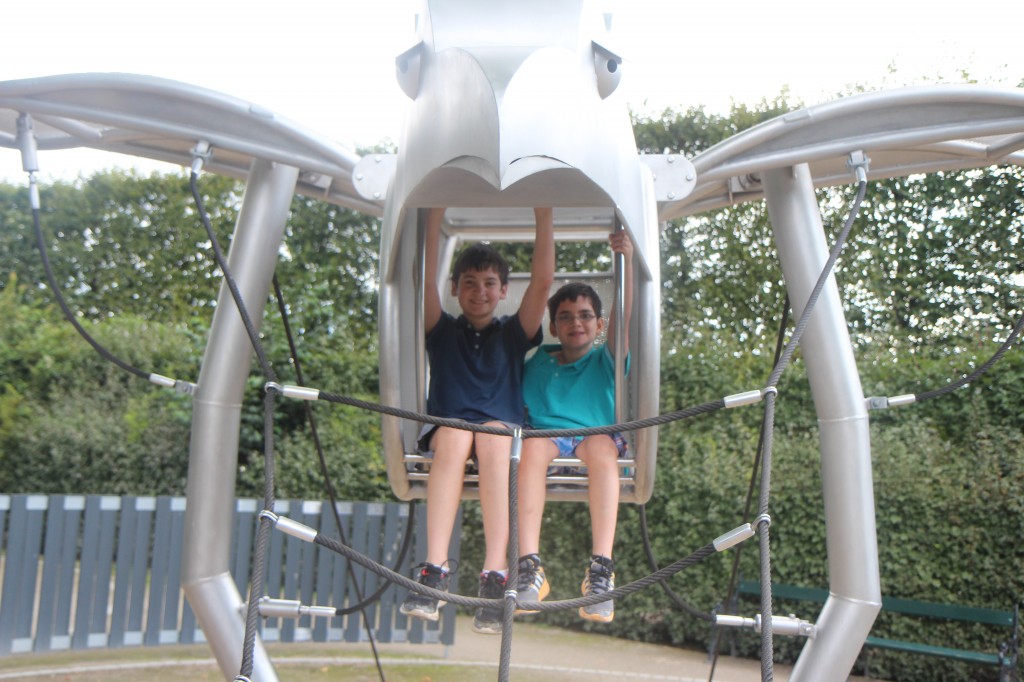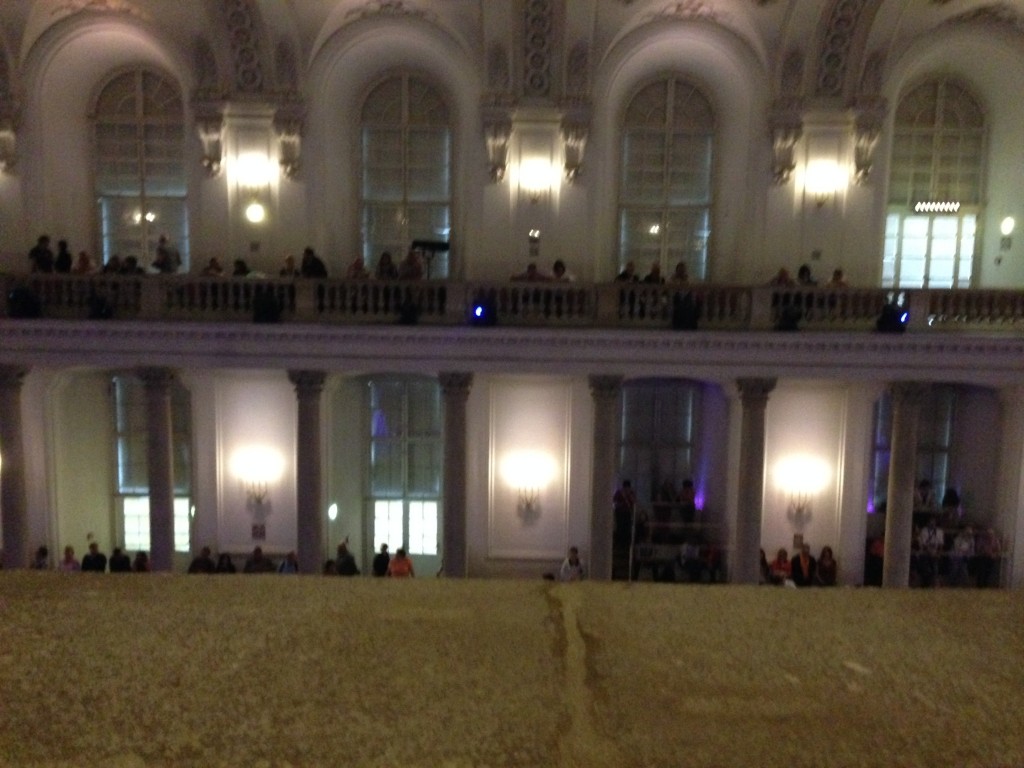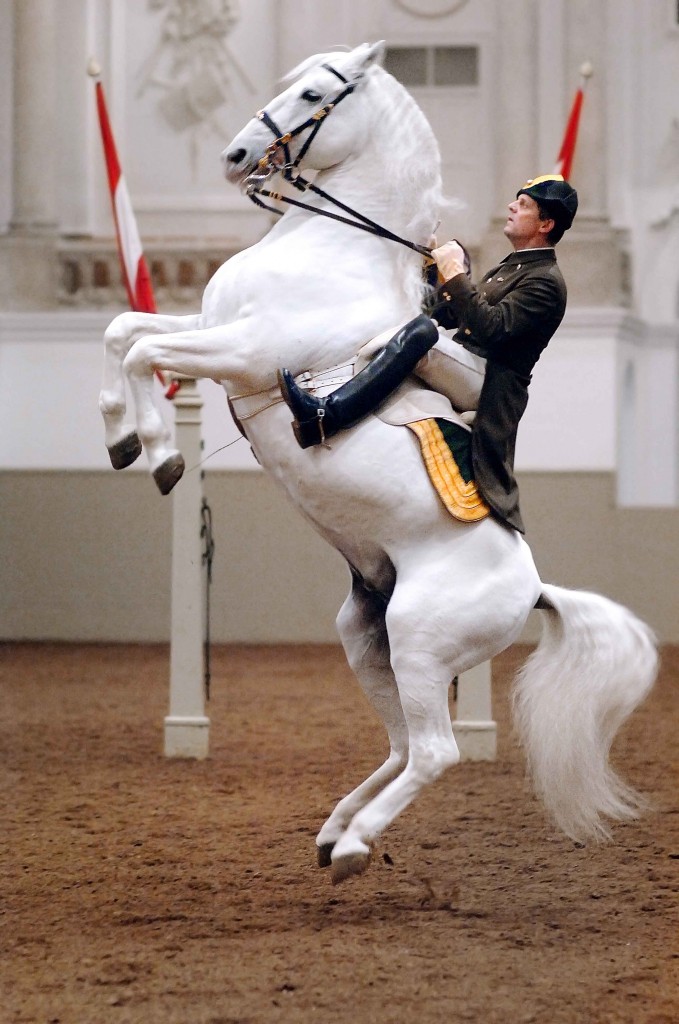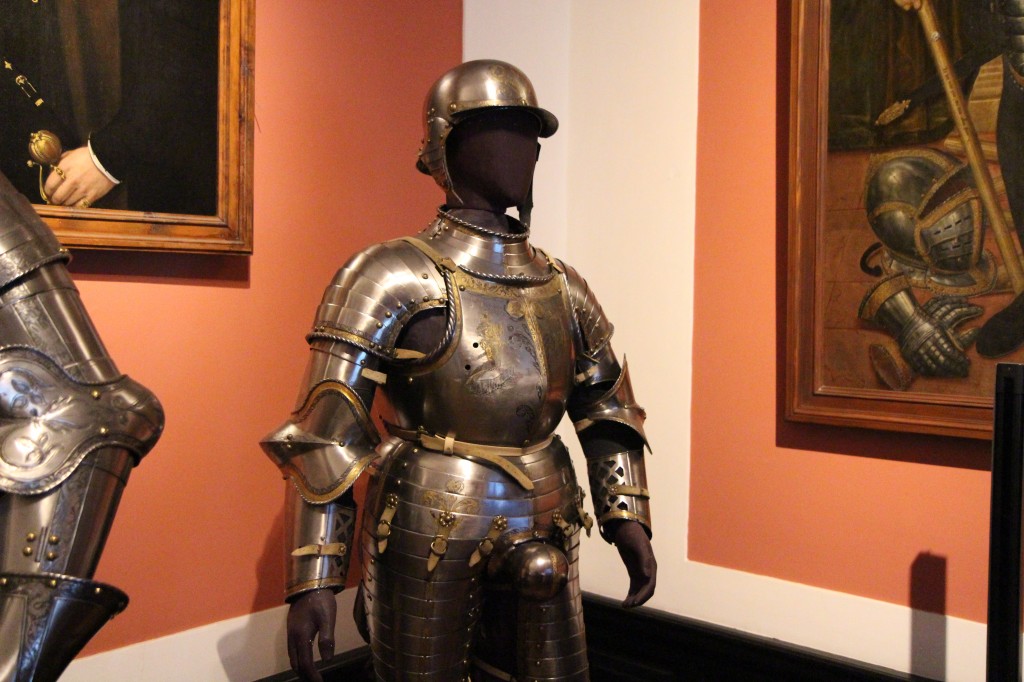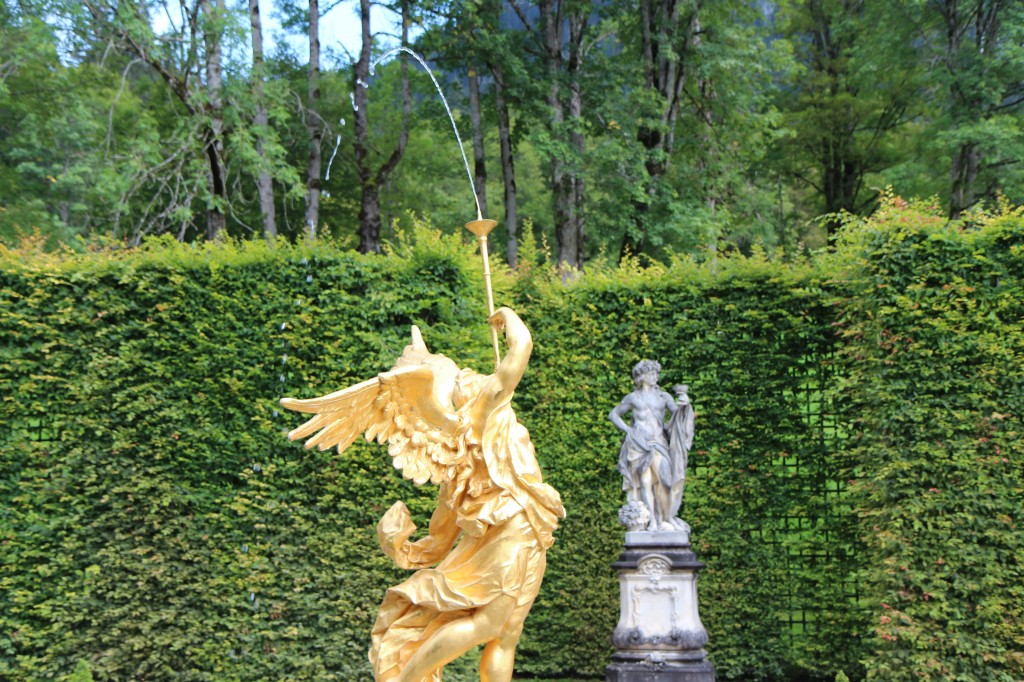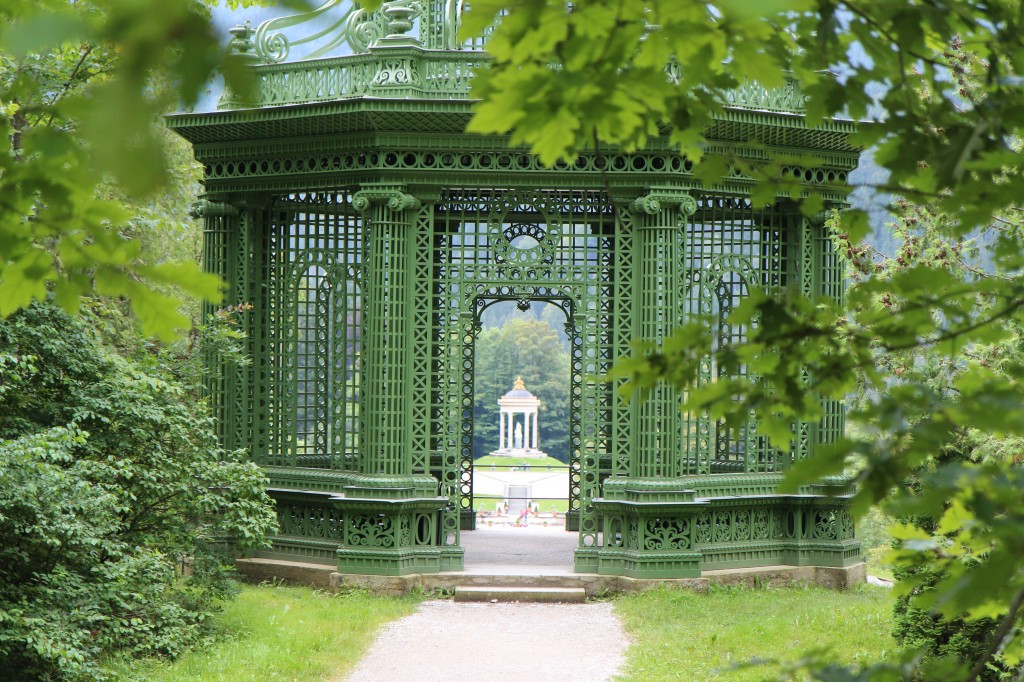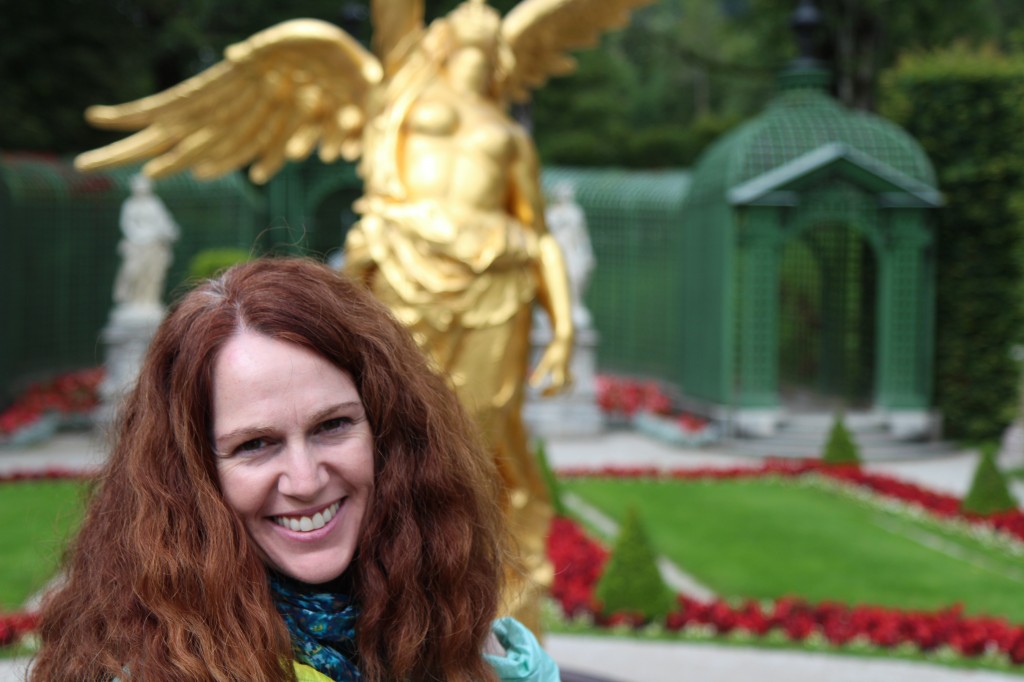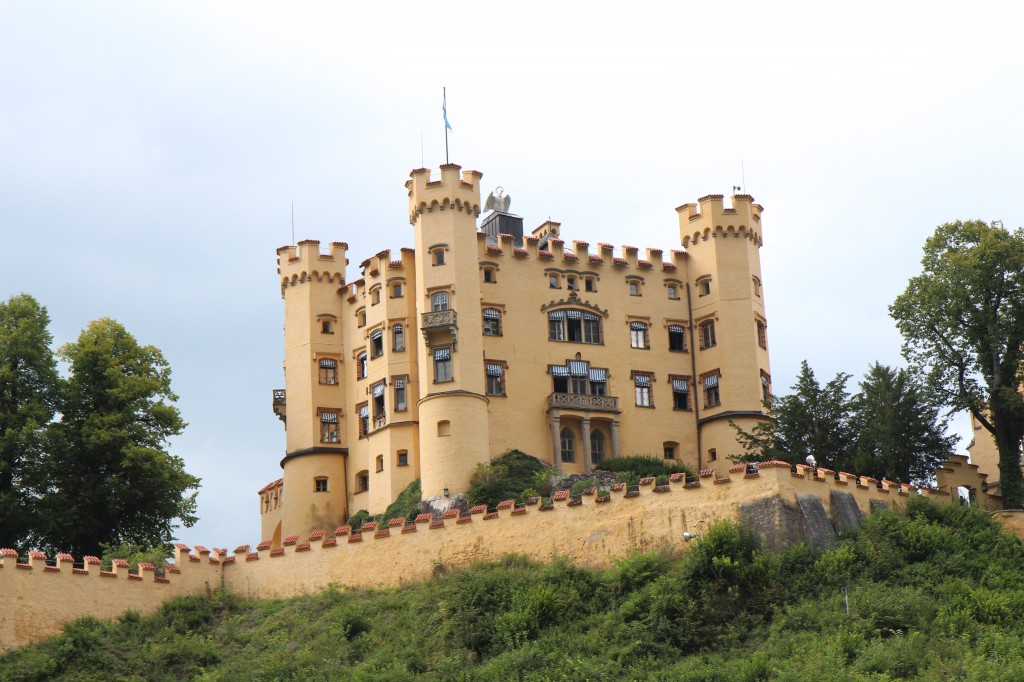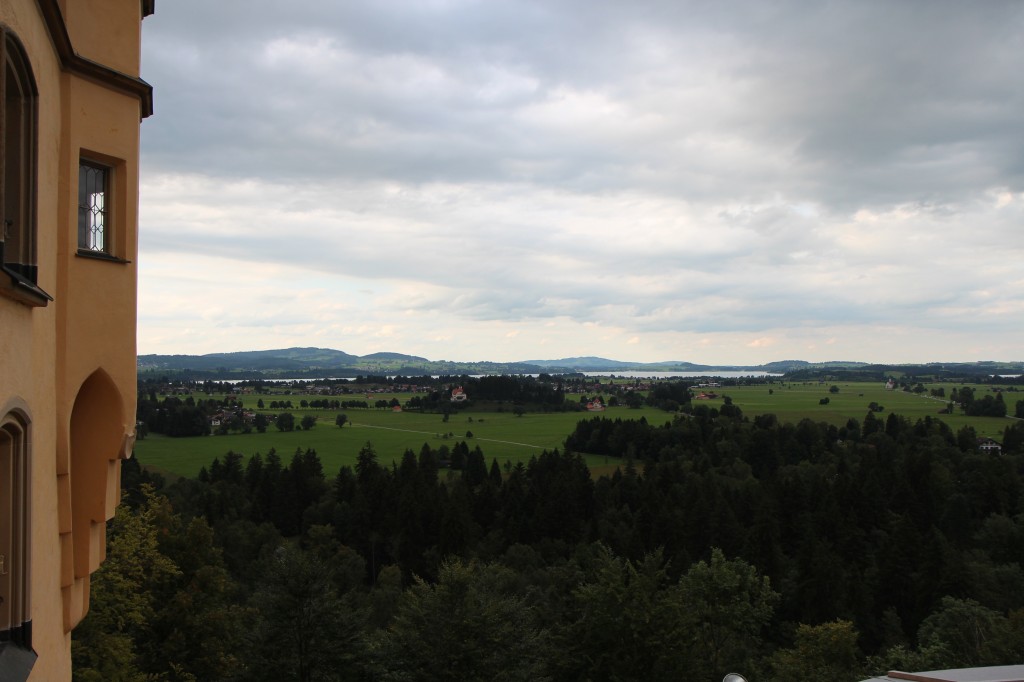So, ever heard of Magyarország?
Well, we hadn’t either. (“Mu-dge-ar-or-zaag”) is what the Hungarians call Hungary — the land of the Magyars. The Magyars roamed around raiding areas of Europe until they settled in the Carpathian basin in the 10th century.
Each European city processes the remnants of war and communism in its unique way. As you drive around Budapest you notice several damaged buildings. Budapest has left intact some of the damage from WWII. In front of our apartment hotel is a building that looks to be split in half and that someone has carted off one half for spare parts. The tile walls and sinks of bathrooms left opened up to the elements stare at us through our living room windows.
Vienna and Budapest have about the same sized population at 1.7 million. But in Vienna, travelers mainly spend time in the old center inside the Ringstrasse (ringed street). This limited tourist area results in a quite cozy and reachable feeling. Budapest seems larger and less “packaged” for the Western traveller. We welcome its cosmopolitan diversity and more affordable environment with delight. Although we had little difficulty, English was less prevalent in Budapest. So far, we’ve spent time in and enjoyed the following countries. Here’s a few facts for context.
Pop Per capita GDP Land area
Germany 80.8 mil $43,332 just < Montana
Austria 8.2 mil $44,149 just < Maine
Hungary 9.9 mil $22,878 just < Indiana
For reference, Germany’s population is equivalent to New York’s and Texas’ combined. It’s no wonder Europeans are often amazed at the wide, open spaces of the USA.
The lady who helped maintain our Viennese apartment made an interesting economic comment. She’d lived in several countries in Europe and described the difference she’d seen in salaries for similar positions in disparate nations. She remarked that occupations should be paid the same no matter where they reside. As we checked into our Budapest apartment, the man behind the desk explained that to get to our third floor apartment involved having to go back out onto the street or take a serpentine route through the underground garage. He tells us the building was designed with minimal interior passages because the builder was “greedy.”
Things are much cheaper here. We bring home pizza for the family all for about $14–and have plenty of leftovers.
Here’s a dizzy panoramic shot of our apartment showing where school gets done.
The Hungarian language has different roots than the slavic languages that border Hungary. As we checked into our hotel, a Slovakian family (Slovakia borders Hungary) was also at the front desk. They could not make themselves understood either and had to revert to broken English.
How do you go to church when you’re traveling all over? This is a challenge we address in each place we visit. In Mexico, while visiting Lisa’s family, we attended a service all in Spanish. In small-town Bavaria, we knew no English-speaking churches were nearby so we had church in our lodge room, complete with singing a few songs and a Tim Keller sermon podcast. No one banged loudly on our walls, so it must have been okay with the neighbors. In Budapest we found a protestant church whose website had a lot of English. The church was in an older theater and the sermon was in English with frequent breaks for the Hungarian translator to catch up. The worship songs were mainly in English but a few were in Hungarian. We were surprised to find many native Hungarians in the service, and had expected more ex-pats.
I convinced myself to get up early enough to get out for a morning run before the family came to life for the day. My sidewalk route took me down a busy city street full of morning commuters. Some of them studied me curiously. I climbed a bridge over the Danube and its morning nautical traffic. Above the river, the bridge’s windy “peak” cooled my sweaty shirt. A statue of a priest holding a cross over the city stood high above the bridge. I ran through an underground tunnel to cross a busy street. Seven or eight shapes in sleeping bags lay next to each other on the concrete. I climbed up to the statue and gained a vantage point of the Danube, the Chain Bridge and the Parliament building.
Budapest is known as the ‘Queen of the Danube” or the “Paris of the East.” Budapest (“Boo-da-pesht”) straddles the Danube and is made of two cities—Buda and Pest. Castle Hill is on the quieter, hillier side of Buda. Pest is the busier, more commercial side that also holds Parliament. Here we are enjoying the streets of Pest. Note the Jeans Club sign in the background.
I run over to the grocery store and shop with the commuters on their way home. They have plastic baskets that you can carry or roll behind you with a longer handle. In the produce section, (I pick up a few “paprikas”(?)—peppers) I turn away from my basket on the floor to wrap up the colorful peppers. When I turn around, my basket is gone. I stand there looking around and wondering if I Ieft it somewhere else. A tough-looking security guy with a shaved head had been eying me earlier since I didn’t really blend in and had to ask someone where I might find the coffee milk (“cream”). Was someone messing with the foreigner? I wait for a bit in the produce section figuring someone has just accidentally walked off with my bin. After what felt like an hour, I decide to go get a new bin. But the one-way turnstile to get in will not allow me back out into the foyer to get a new basket. So I just pop under the barrier and grab a new one. I’m sure that looked suspicious. I grab the same items off the shelves. A few minutes later I’m back in the produce department when a lady returns my basket and has several questions (?) for me in Hungarian. I ask if she speaks English and she doesn’t but still proceeds with her questions. I try to get across that it is my basket and I’ll take it. I saw a basket left in the aisle but wasn’t about to grab it. The thick, muscle-bound security guy in the police-style uniform is really watching me during this exchange. She keeps looking at me and repeating a few phrases and in response I am using my Neanderthal gestures and a bit of English to very little effect. Ever have that feeling that you must look like an idiot? I succeed in getting my basket back and the lady walks off. I now have two baskets with identical items so I retrace my steps and put things back.
I search and search for oatmeal and manage to find several bags of things that look like “meal”. Rather than just buy something not quite right, I split for home since I’ve already been a basket “thief” or whatever just happened in Hungarian. I get home and look it up in Google Translate and get the “zabpehely” the next time. Of course, everyone knows that oatmeal is “zabpehely” in Hungarian!
One late afternoon, the clan meanders towards Freedom Square near the Parliament building. The fountain turns off in sections as you approach it. The kids have a blast running around the fountain as it shrinks away from them.
If you are still enough, the fountain will “regrow” around you. Will gets soaked, just for kicks.
Within yards of the fountain we notice shoes and handwritten signs hanging in front of a statue. A civil protest is held here and it’s been going on for months, every night. People, especially older people, fill chairs and make comments behind a microphone. When is the last time you saw a protest by elderly people? The age of the protestors gets our attention. The statue depicts an eagle swooping down on an unwitting, heroic statue. The handwritten signs in English and other languages explain that the Hungarian government recently erected this statue to explain how the Nazis attacked and took advantage of the Hungarian nation. The protesters make the case that this is disingenuous, that the Hungarian government was in cahoots with the Nazis (at least initially). The statue was built with government funds for several million dollars and they want it removed. Two police officers casually guard the statue and watch the protesters. History is alive here.
While looking at these shots, Ana tells me, “Dad, I hope that monument gets taken down. I liked those protesters.”
In Freedom Square, we were surprised to find a statue of a US Army soldier from WWI. Harry Hill Bandholtz stands proudly on a base bearing his quote, “I simply carried out the instruction of my government, as I understood them, as an officer and a gentleman of the United States Army.” Bandholtz is remembered for helping prevent the arrest of the Hungarian PM and the looting of the Hungarian National Museum by the Romanian army in 1919. This statue was erected in 1936 but removed in 1949 by the new Communist government. In 1985, the US ambassador requested it be moved from a statue boneyard to the Ambassador’s residence. Instead, it was relocated to its original place, before the US Embassy, one day before the historic visit of President George H.W. Bush in 1989.
The kids kicked our soccer ball as they dried off. Lisa and I enjoyed a coffee at a table beside the park. We were delighted by a few dogs running in the park next to us. A small, brown pup kept returning a ball to its owner. But whenever he didn’t throw the ball quickly enough, the dog returned to a grassless spot and rolled in the mud over and over again. You could practically see the smile on his face. We laughed as he showed us how to enjoy the day.














